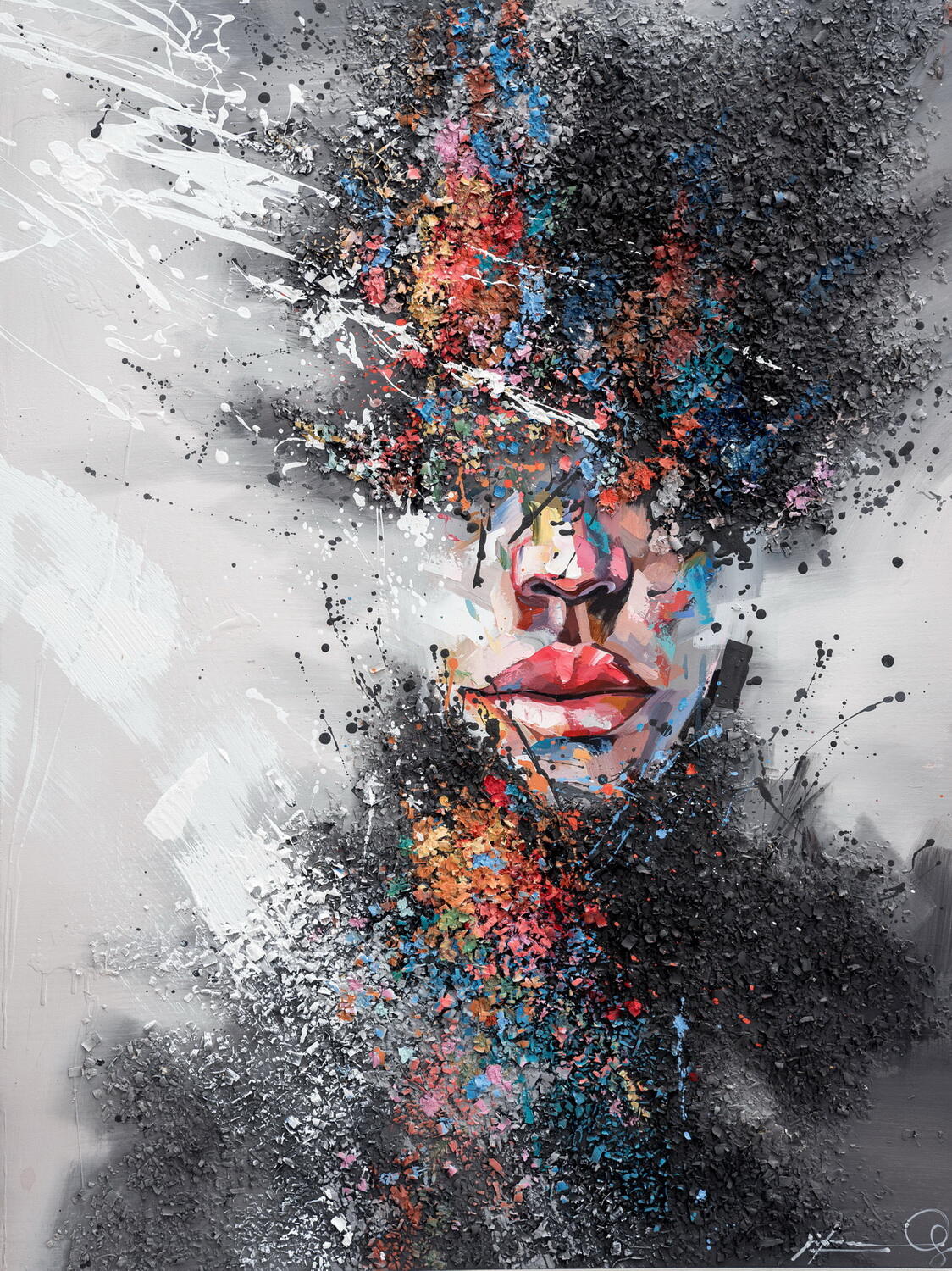3d texture painting
3D texture painting represents a revolutionary advancement in digital art and design, enabling artists to paint directly onto three-dimensional models with unprecedented precision and creativity. This technology allows creators to apply colors, patterns, and textures to 3D objects in real-time, simulating the natural feel of traditional painting while leveraging the power of digital tools. The process involves mapping 2D textures onto 3D surfaces, with sophisticated software handling the complex calculations needed for proper texture projection and UV mapping. Artists can use various brush types, layer effects, and blending modes, similar to 2D digital painting, but with the added ability to rotate and manipulate the model while working. The technology supports multiple texture maps, including diffuse, normal, specular, and displacement maps, allowing for incredibly detailed and realistic surface treatments. Applications span across numerous industries, from video game development and film production to product design and architectural visualization. The technology also supports real-time preview capabilities, enabling artists to see exactly how their textures will appear in the final rendered product. Modern 3D texture painting systems often include features like symmetrical painting, custom brush creation, and seamless texture tiling, making it an invaluable tool for professional artists and designers.
